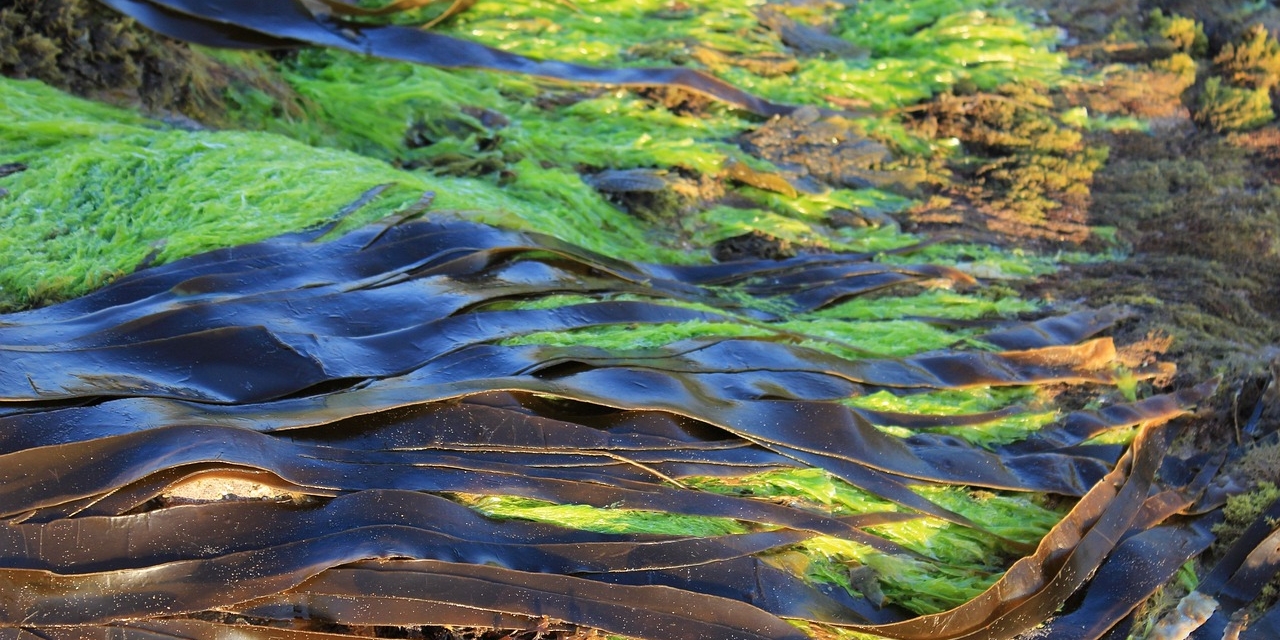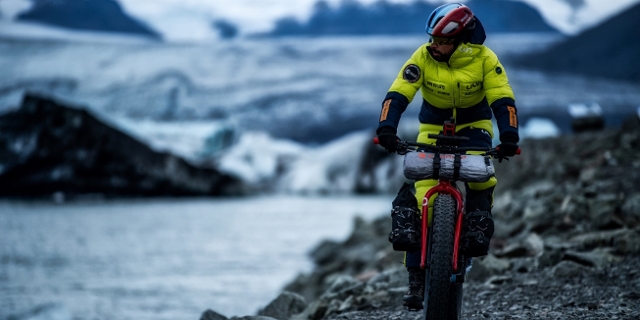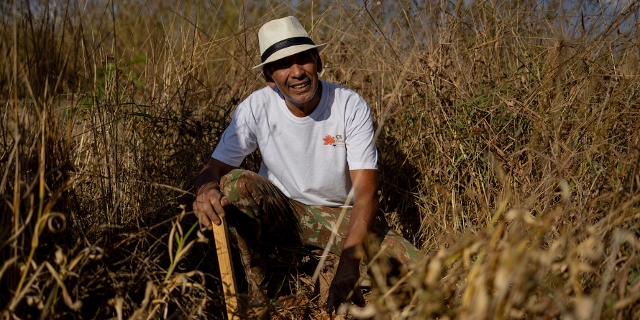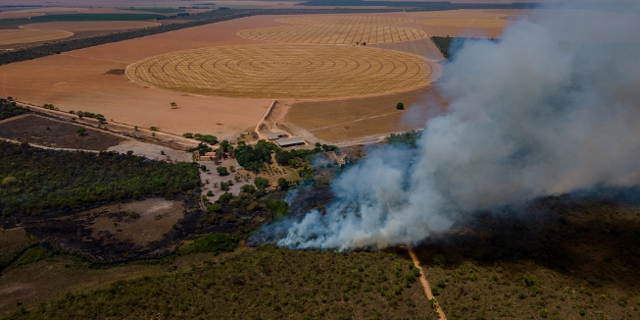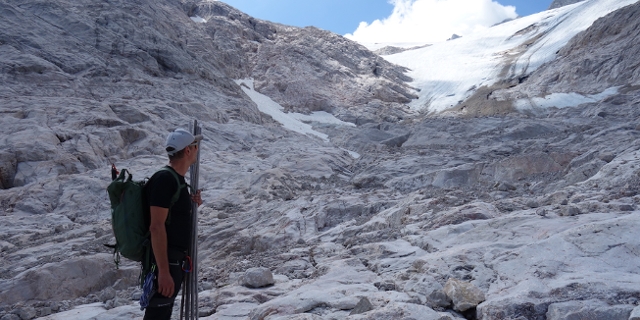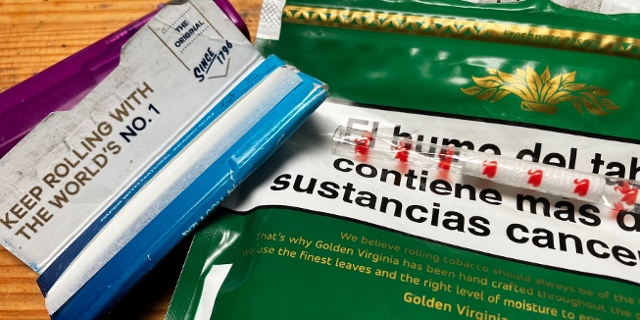Can Seaweed Save The Planet?
We can’t tackle the climate crisis successfully if we don’t change our food systems. They produce a third of human-caused greenhouse gas emissions.
And it’s not just the parts-per-million we should worry about, it is the equally concerning implications for biodiversity. The global population is growing and becoming more affluent. There is more and more demand for the luxury product meat; and that is pushing us well beyond our planet’s sustainable limits.
For example, vast swathes of the Amazon have been cleared to make way for soy fields mostly used to feed cattle, palm-oil plantations have replaced huge parts of Borneo’s natural majesty and here in Europe our pesticide-driven intensive agriculture practices have decimated insect populations.
Seaweed: The Solution Under The Waves?
The global human population is growing and becoming more affluent. We need a solution. Could part of it lie under the waves? A new study has shown that massively upscaling the global seaweed industry could reduce land needed for farming by 110 million hectares – that’s an area twice the size of France.
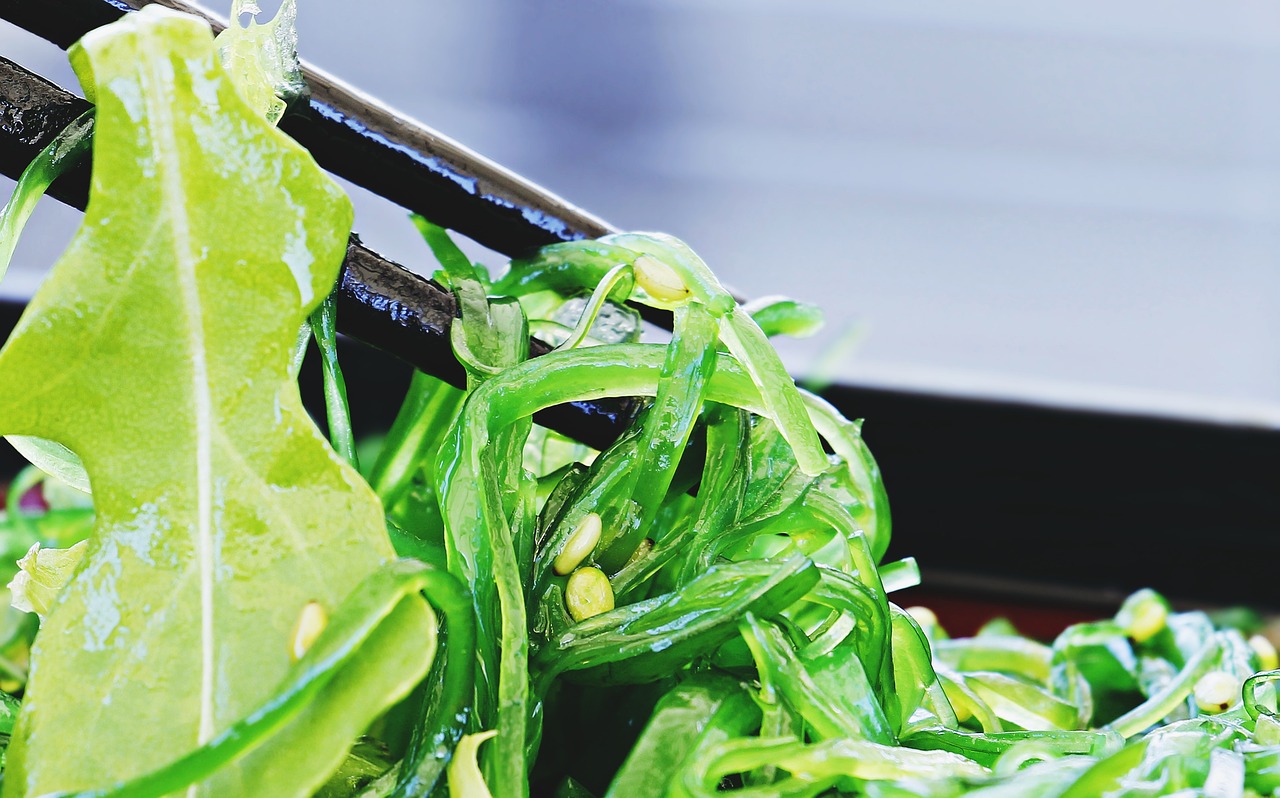
Pixabay/No Name 13
And this food system revolution would probably be good for our health as well. Scott Spillias is a researcher at the University of Queensland in Australia and a fellow of IIASA in Austria who led the study, points out that seaweeds are low in fat, but chock-a-block full of things such as zinc, magnesium, calcium, phosphorus, iron and iodine and much more besides.
“We have this array of really interesting bioactive compounds in seaweed,” he told me. “And we’re just beginning to scratch the surface of our understanding of what they can do.”
A Food Revolution
Scott and his team believe that with the right cultivation technology and a broad cultural shift, seaweed products could grow to constitute 10% of human diets by 2050.
You might have enjoyed nori or wakame at Japanese restaurants, but it seems a stretch to imagine Austrians regularly serving up a side-dish of seaweed within 25 years. And yet there is a technological aspect that might have a profound, if less visible, impact on our food habits. If you break down the ingredients used in processed foods, the sugars often come from foodstuffs like soy. Seaweed could play that role.
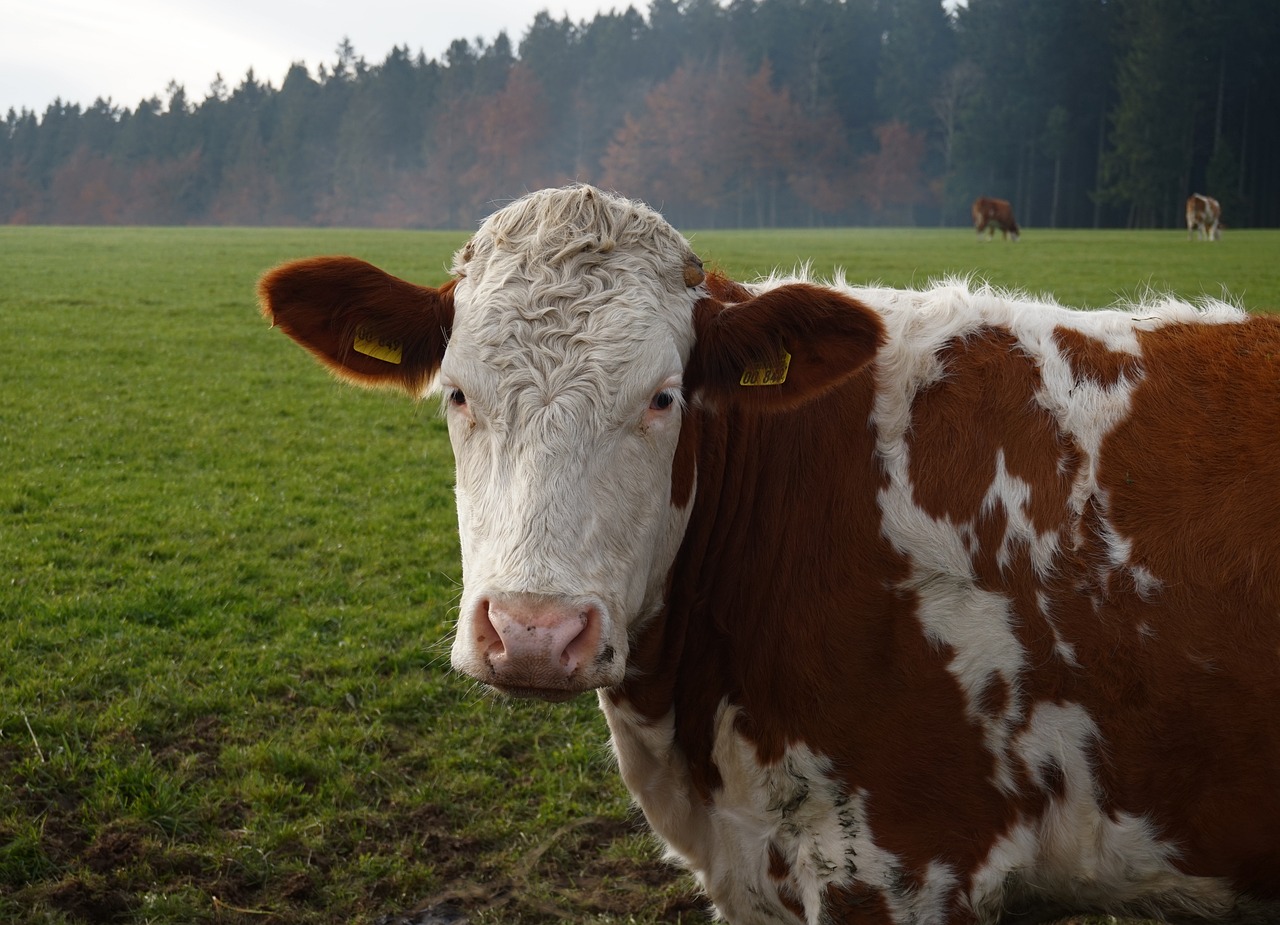
Pixabay/imagii
Less Bovine Burping
More exciting perhaps is the implication for cattle feed. Scientists have shown that a variant of seaweed called red Asparagopsis can drastically reduce the amount of methane released by cows if it is used in their feed instead of soy or corn. “Basically, they are belching less methane out,” Scott explains. “There’s less gas coming out of cow stomachs."
Methane is an incredibly potent greenhouse gas, and it’s thought that seaweed could make the farty-burp gas savings every year that would add up to be the equivalent of the current annual greenhouse gas footprint of India. This would be huge news for our struggle to contain the climate crisis. “This is one of the important ways in which seaweed could be a really useful tool in this effort to get climate change under control,” says Scott.
Where Can We Cultivate Seaweed At Scale?
Scott and his team narrowed down the thousands of sorts of seaweed into 34 varieties that are already used in nutrition and looked at areas with the right oceanic conditions where these could be feasibly grown at scale. “We removed places that are really far away from ports,” he explains, “and we removed places that have lots of wave energy or are in the middle of, like, shipping tropic lines.”
Having cut out these areas, the researchers were still left with an enormous area of roughly 650 million hectares that would be suitable for farming for at least one of those 34 species. That’s an area of ocean that is almost equivalent to the land mass of Australia.
Careful Cultivation
Harvesting our oceans for food has already had an dreadful impact on our oceans. Lost and abandoned fishing gear which is deadly to marine life makes up the majority of large plastic pollution in the oceans. Plastic, being cheap and resilient, is widely used in seaweed cultivation today. So if we make the wrong decisions, a massive increase in seaweed farming could mean a massive increase in plastic pollution.
„We have to build that into regulations that kind of oversee these systems,“ says Scott, who suggests developing alternative materials to manage the cultivation. „Otherwise we’re going to see lots of habitat loss. We have to be really careful about where we choose to farm seaweeds and how we choose to do the farming pharmacy.“
Publiziert am 03.02.2023







